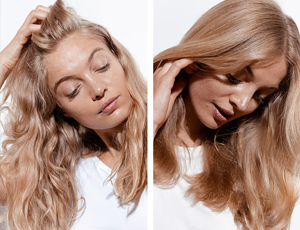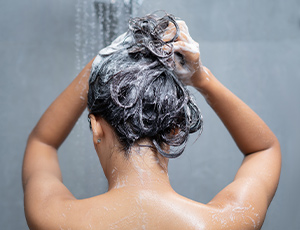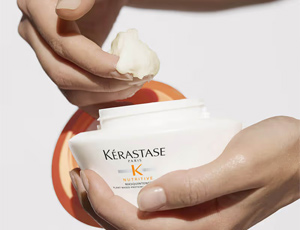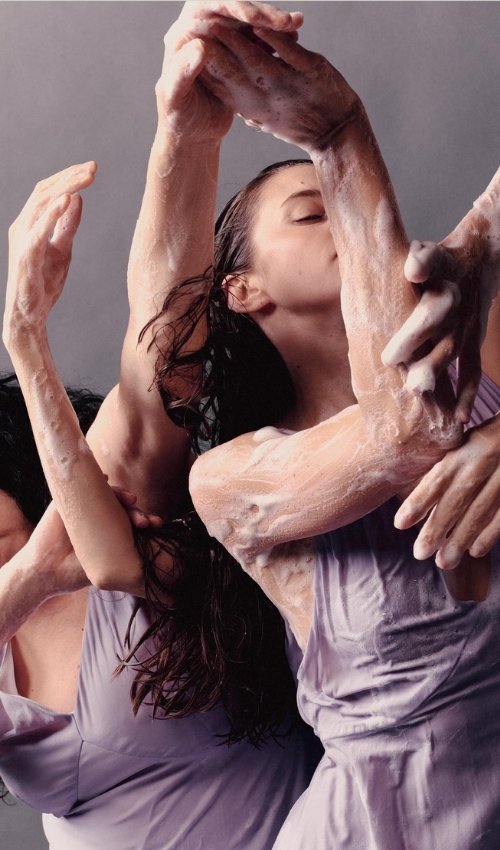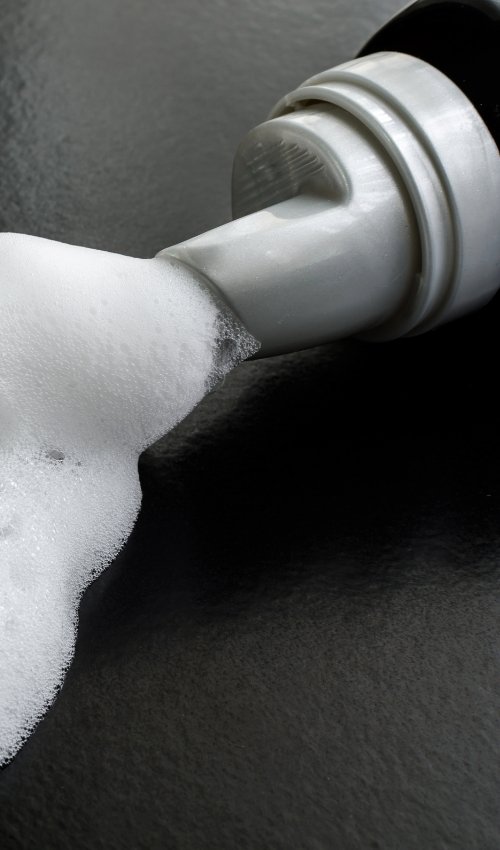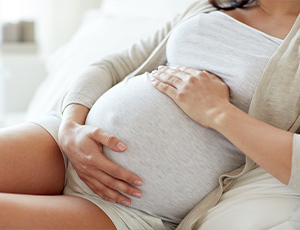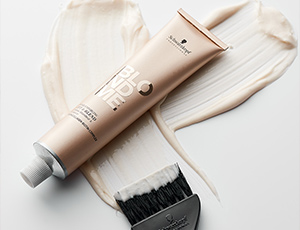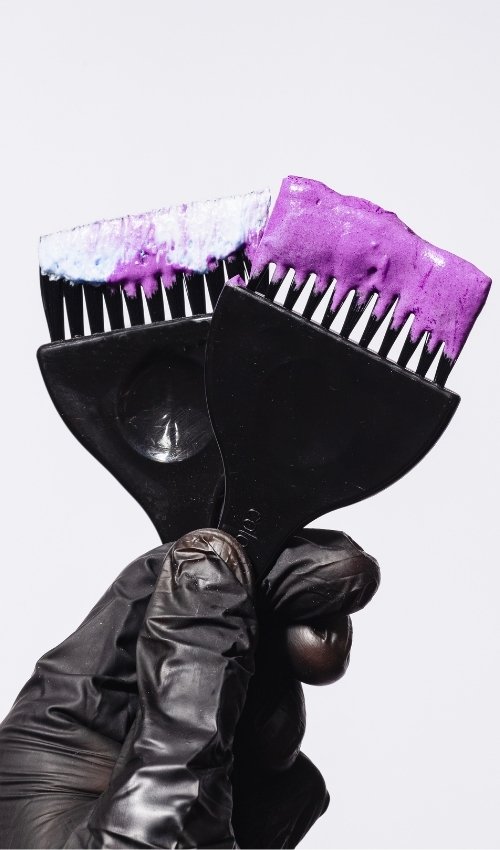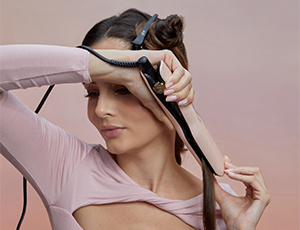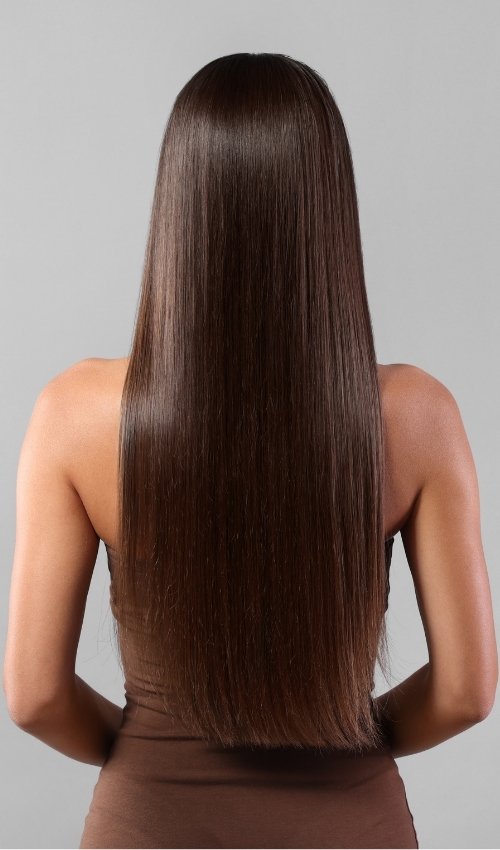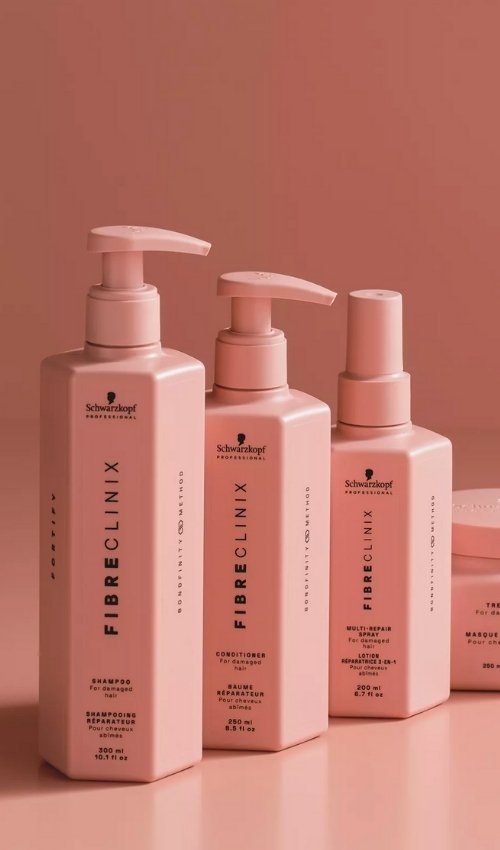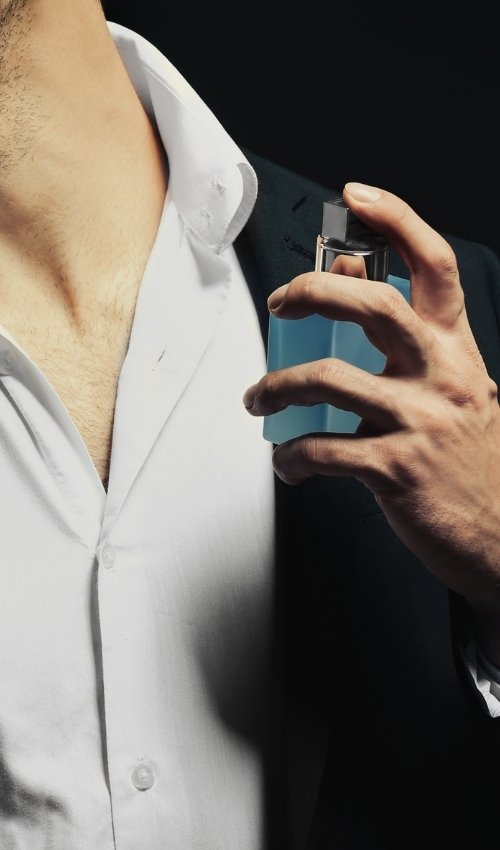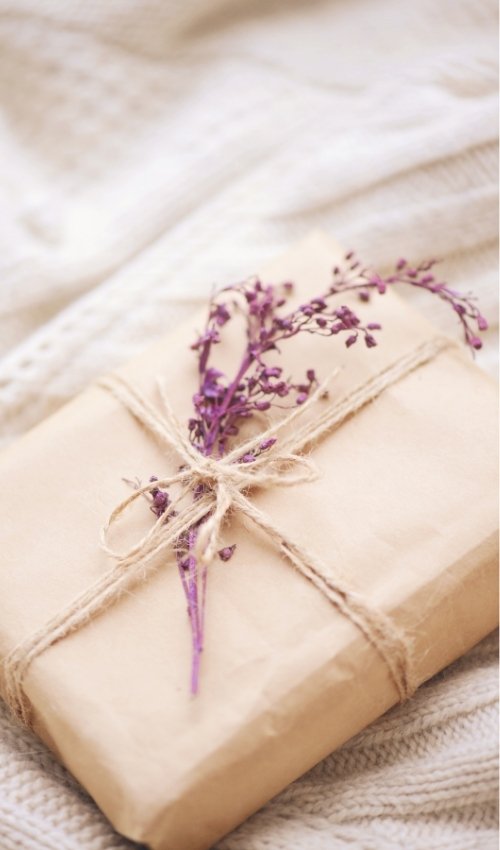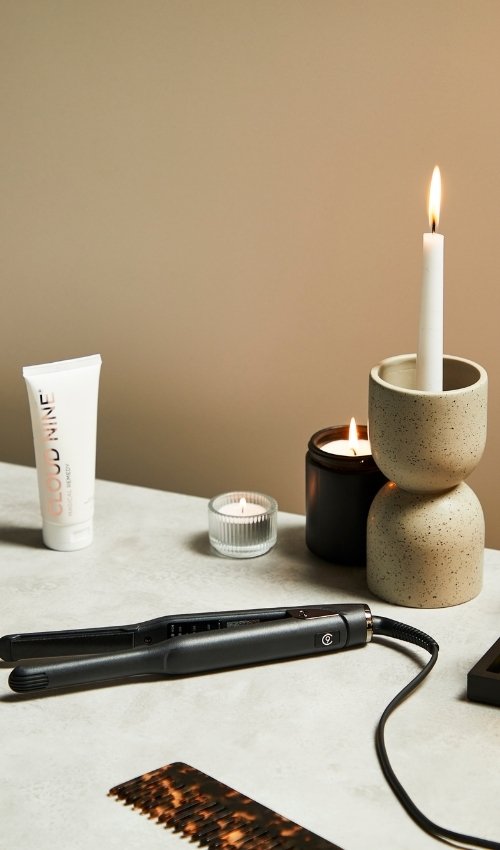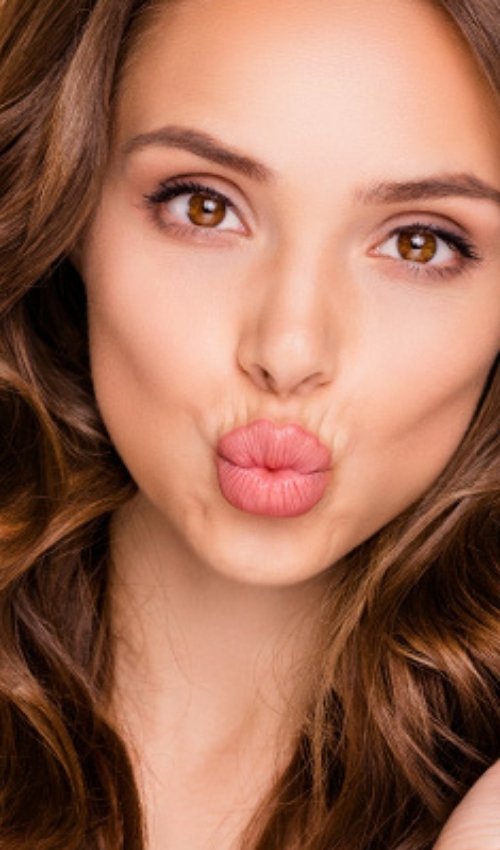When you're pregnant, advice comes at you from all sides. Certain sports should no longer be practiced, and some favorite foods are suddenly off-limits. Things get really tricky, however, when the question arises: should you still dye your hair? Hair coloring products are suspected of potentially harming unborn children. We're here to clarify whether that's actually true, what you should watch out for, and which alternatives are available.
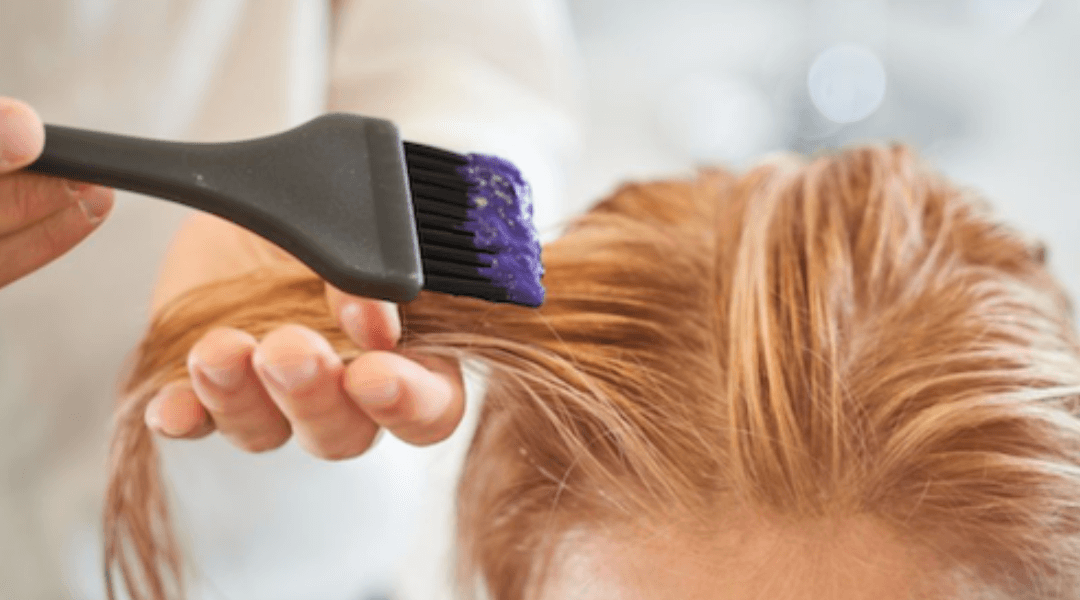
How Hair Dyeing Works
To understand why hair dyeing is considered a possible risk for unborn children, you first need to know what happens during the dyeing process. For permanent hair color, oxidative dyes are used. These open the hair's outer cuticle layer so that the color pigments can deeply penetrate its structure.
Next, a chemical reaction bonds the dye molecules to the hair protein keratin, making them resistant to washing out. The natural hair color only reappears as the hair grows out from the roots. Bleaching works a bit differently but is similarly permanent: instead of replacing the natural pigments, bleach uses peroxides to destroy them.
With hair toning, the hair’s structure is not broken. Instead, the color coats the hair like a sheath. That’s why it can be washed out again—typically after 10 to 20 washes the natural color returns. For many women, toning is the more comfortable alternative during pregnancy.
How Dangerous Are Hair Dye and Bleach for My Baby?
Why Dyeing and Bleaching During Pregnancy Are Feared
Hair dyeing involves various chemical processes. These can irritate the scalp and hair, and allergic reactions are also possible. Women with healthy skin and no allergies generally tolerate this well. However, pregnancy introduces a new risk: the skin can absorb chemicals, which may enter the bloodstream and potentially reach the unborn baby. This applies to both the pigments in hair dye and the peroxides in bleach.
Are There Any Studies That Prove or Disprove the Risk?
Currently, there are no studies proving that hair dyeing or bleaching has harmful effects on unborn babies. The concern that chemicals could reach the baby remains a theory. There’s also no evidence that hair dyeing affects the course of pregnancy.
Most experts believe that the concentrations of harmful substances in standard hair dyes are too low to cause harm to unborn children. This is also due to strict regulations in countries like Switzerland, where all cosmetic products must be tested and deemed safe before being sold or used by hairdressers. For products from abroad, such control cannot always be guaranteed. So pay extra attention to ingredients when using products from foreign websites.
In summary: There is no conclusive proof that dyeing or bleaching hair during pregnancy is harmful, but there is also no guarantee that it's entirely safe. Ultimately, trust your own instincts—after all, as a mother, you know best what’s right for your baby.
Can I Dye My Hair While Breastfeeding?
A study from Heidelberg University detected traces of chemicals in the breast milk of women who had dyed their hair. However, no negative effects were observed in the children of those women. It’s likely the concentrations were too low to cause harm. Still, most doctors recommend avoiding chemical hair dye during breastfeeding or at least using ammonia-free products.
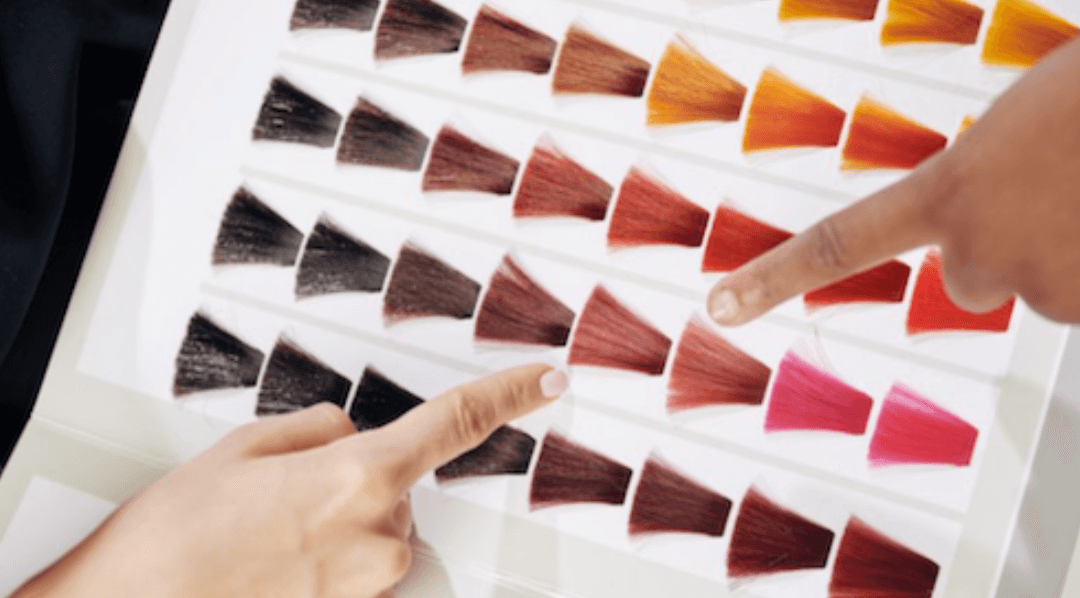
What Should I Keep in Mind When Dyeing Hair During Pregnancy?
Five Tips for Hair Dyeing During Pregnancy and Breastfeeding
No one has to give up dyeing or bleaching their hair during pregnancy. If you decide to go ahead with it, however, be sure to follow these five tips. This way, you’ll achieve the best possible result while avoiding potential health risks.
1. Wait 12 Weeks: The best time to dye your hair during pregnancy is the second or third trimester. During the first 12 weeks, your baby’s vital organs and functions are developing—so this time requires extra care and protection.
2. Consult Your Doctor: Talk to your OB-GYN about your plan to dye or bleach your hair. They may be aware of products that have proven to be safe. Of course, your hairdresser is also a valuable resource for advice on hair dyeing during pregnancy.
3. Minimize Skin Contact: Wear rubber gloves while dyeing your hair to minimize skin contact with the dye. Some women even wear a mask to avoid inhaling any fumes.
4. Rinse Thoroughly: Don’t leave the dye in your hair longer than necessary. Rinse it out thoroughly afterward using lukewarm water and a gentle shampoo.
5. Don’t Bring Baby Along: If you're dyeing or bleaching your hair after giving birth, make sure your baby isn’t in the room. The fumes released during the process could be harmful to their sensitive system.
Caution: Hair Color May Look Different During Pregnancy
Dyeing your hair during pregnancy without being informed can lead to an unpleasant surprise when you look in the mirror. Hormonal changes can affect your hair structure, which may also impact how the color turns out. Bleaching might be more or less intense than usual, and unexpected blotches may appear. To avoid such surprises, it’s best to visit an experienced hair salon during pregnancy and seek professional advice before dyeing.
Alternatives to Chemical Hair Dye and Bleach
For many women, the potential health risks and the unpredictability of the aesthetic outcome are enough to avoid hair dye during pregnancy. On top of that, the strong smell of ammonia or bleach can cause nausea in some pregnant women. Still, few want to give up their beautiful blonde—or even blue—locks. That’s why we’ve put together some smart alternatives to traditional chemical hair dyes.
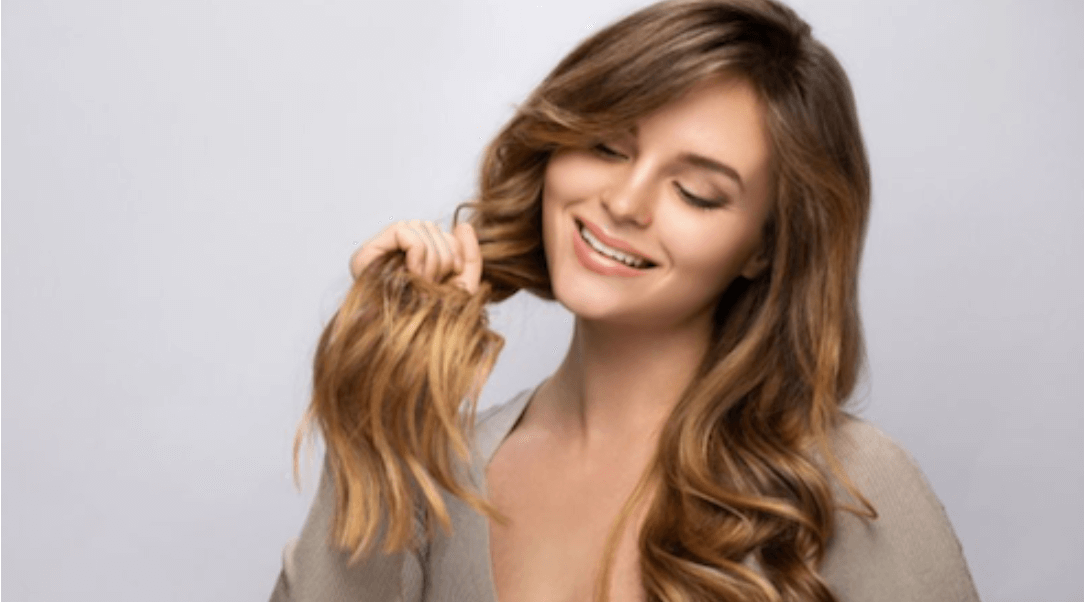
Highlights or Balayage Instead of Full Hair Dye
Compared to traditional hair dyeing, highlights have the advantage that the roots don’t need to be colored. This means there is little to no contact between the hair dye and the scalp. As a result, harmful substances cannot enter the bloodstream and won’t affect your baby. By the way: If you opt for many light highlights, it can give the appearance of fully bleached hair.
If highlights don’t quite appeal to you, consider trying balayage. This trendy coloring technique involves only dyeing the ends of your hair, creating a beautiful gradient effect reminiscent of celebrities like Blake Lively or Sarah Jessica Parker. Balayage requires infrequent touch-ups and, like highlights, avoids contact between the scalp and hair dye.
Plant-Based Hair Dyes as a Chemical-Free Alternative
If you want to completely avoid chemicals during pregnancy, even highlights and toners are off the table. In this case, plant-based hair dyes can be a great alternative. Many people consider henna the healthiest hair dye and use it even outside of pregnancy. In fact, the German Federal Institute for Risk Assessment classifies henna as safe for health.
Important: Just because a product is labeled as “plant-based” or “natural” doesn’t mean it’s free from additives. In Europe, terms like “plant hair dye” are not legally protected. For example, it’s allowed to add up to 6% PPD to henna, which normally only produces reddish-brown tones, allowing it to dye hair black. Henna may also contain traces of pesticides depending on its origin. Always buy high-quality, certified natural products.
In addition to plant-based dyes, natural color shampoos can be a gentle alternative. These contain harmless ingredients such as chamomile or chestnut, which tint the hair in the mildest way possible. As always, consult your doctor before trying a new product during pregnancy.
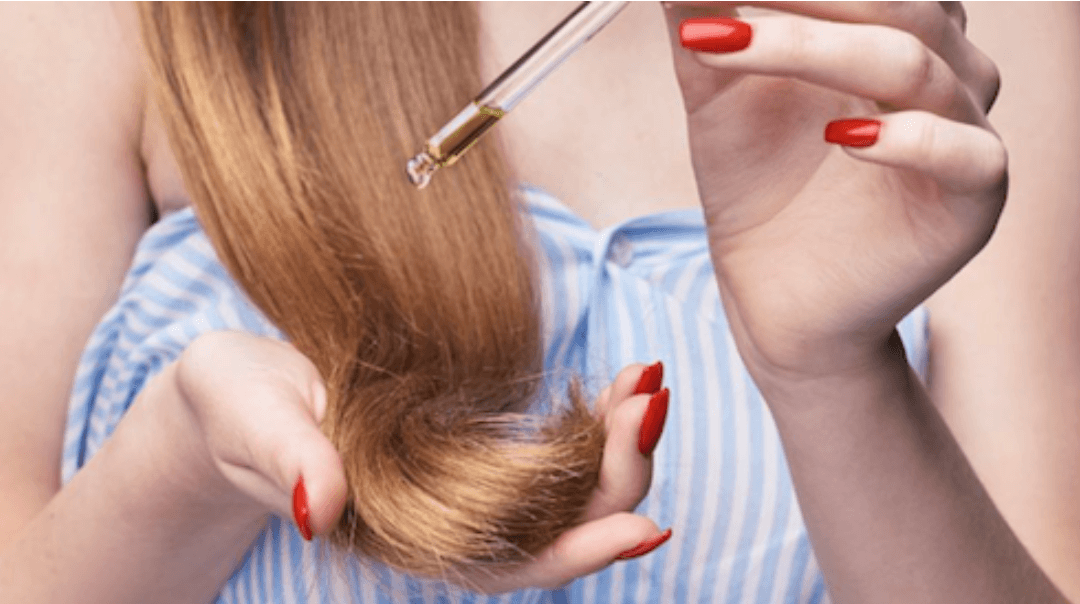
Five Home Remedies to Lighten or Darken Hair
Due to possible additives and pesticides, even plant-based hair dyes are not a suitable alternative for some women. In such cases, you can turn to home remedies. If you'd like to lighten your natural hair color without chemical bleach, lemon juice or chamomile tea are recommended. On the other hand, black tea, onion skins, and coffee can darken your hair.
1. Chamomile: Light hair can be further brightened using a chamomile infusion, while it gives dark hair a reddish tint. Place eight chamomile tea bags into 750 ml of boiled water or steep chamomile blossoms in one liter of water. Once cooled, massage the tea into your hair. Heat is also necessary for the desired effect—wrap your hair in a towel or sit in the sun. Rinse out the mixture after an hour.
2. Lemon: Thanks to its strong acidity, lemon juice can bleach nearly any hair color. However, its power shouldn't be underestimated—use it sparingly to avoid an overly intense result. Depending on your hair length, you’ll need between five and ten lemons. Squeeze them, pour the juice into a spray bottle, and apply it to damp hair. Let it sit for about an hour. Sun exposure can enhance the effect.
3. Black Tea: Black tea can darken light-colored hair. Steep one tea bag in 100 ml of boiling water for 30 minutes. Then, apply the tea from roots to ends on freshly washed hair.
4. Coffee: To darken your hair, mix coffee grounds with conditioner. Massage the mixture into washed hair and rinse it out after an hour. Bonus: Coffee grounds act like a scalp scrub, removing dry flakes.
5. Onion Skins: Boil 100 grams of onion skins in 250 ml of water and let the mixture steep until the water turns brown. Once cooled, apply it to your hair and let it sit. This will create a natural brown tone, especially on lighter hair.
From Vinegar to Layered Cuts: Tips and Tricks for Pregnancy
If you've previously dyed your hair but want to stop during pregnancy, it can be frustrating to watch your old color grow out. Fortunately, there are a few tricks to help maintain your favorite hair color a bit longer.
1. Acidic Rinse: An acidic rinse adds shine to your hair, making old color appear fresher. Mix 60 grams of wine vinegar with two liters of water and rinse your hair with it.
2. Glossing: A glossing treatment is not a dye but a type of hair refinement. It adds shine and, like the rinse, enhances and revitalizes the color. Even women with undyed hair can use glossing to make their natural hair color appear richer and more vibrant.
3. Short Layered Haircut: A short, layered haircut can help camouflage the regrowth of colored hair. You can also use root concealer sprays—just be sure to discuss their safety with your doctor.
Tip: Due to hormonal changes during pregnancy, you lose less hair, making your mane appear fuller and more voluminous. This may help you develop a new appreciation for your natural hair. Many women become so satisfied with their thick, healthy hair that they no longer feel the need to color it. Hair care and styling may be more than enough. Give it a try!



